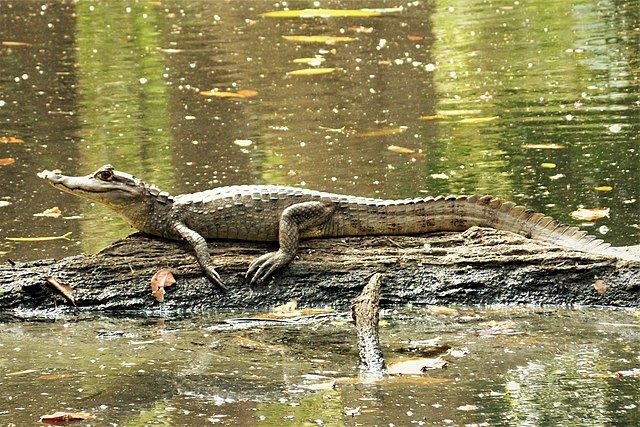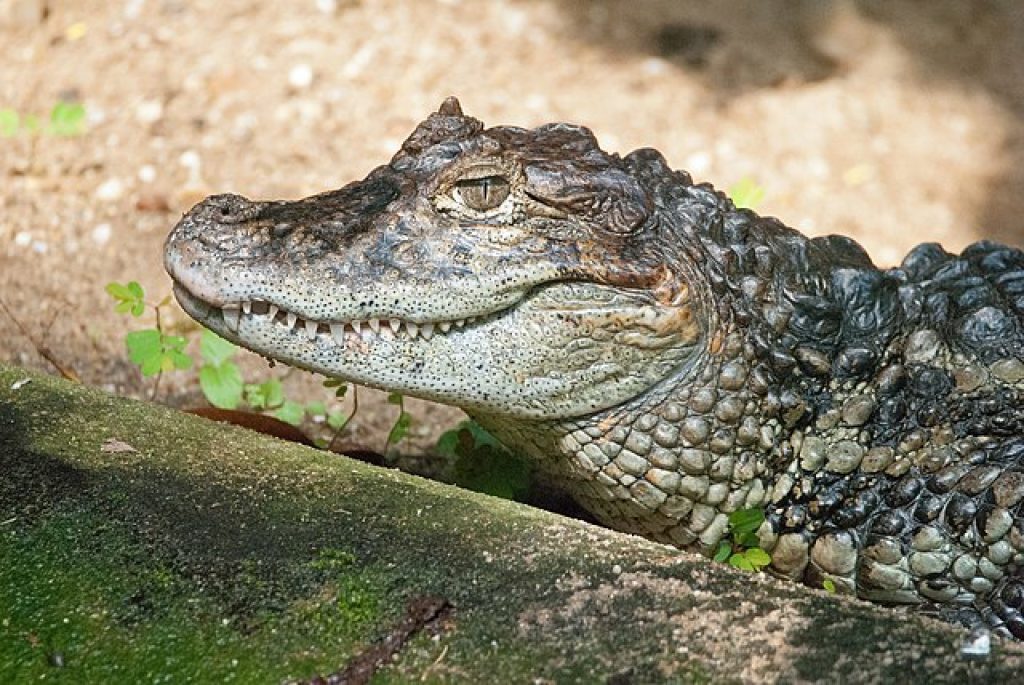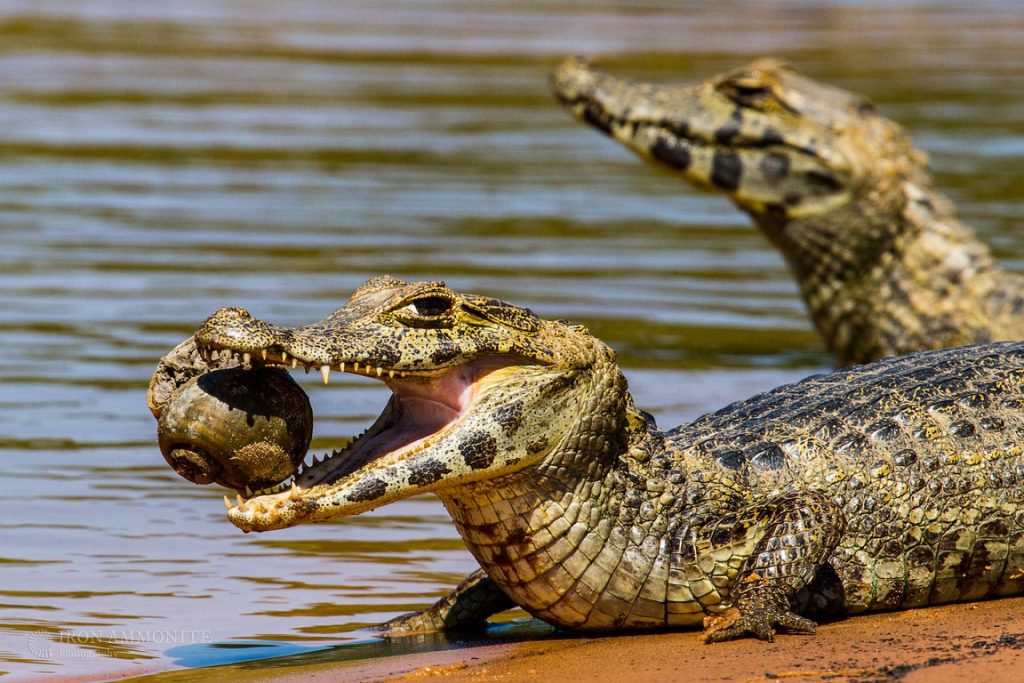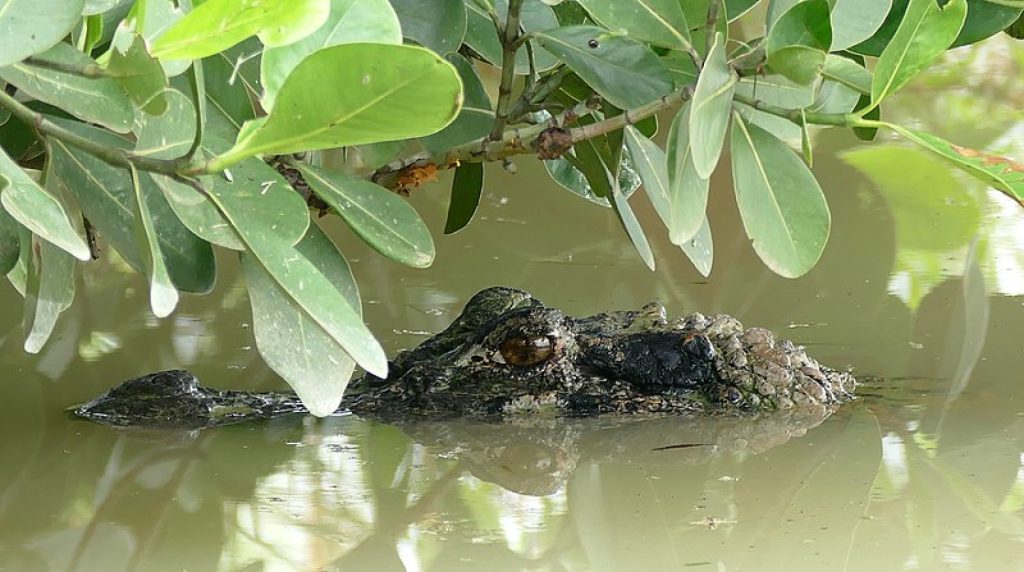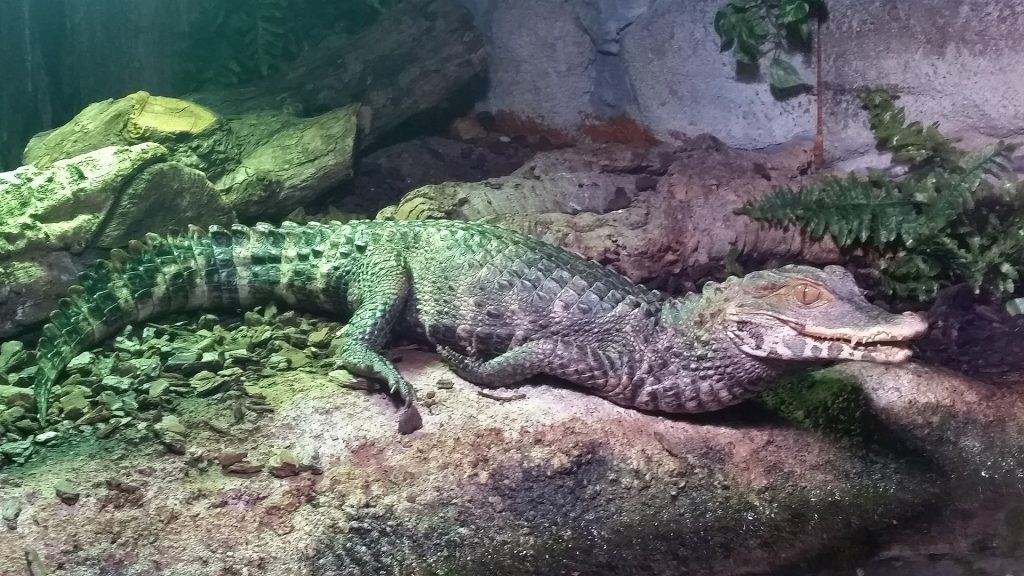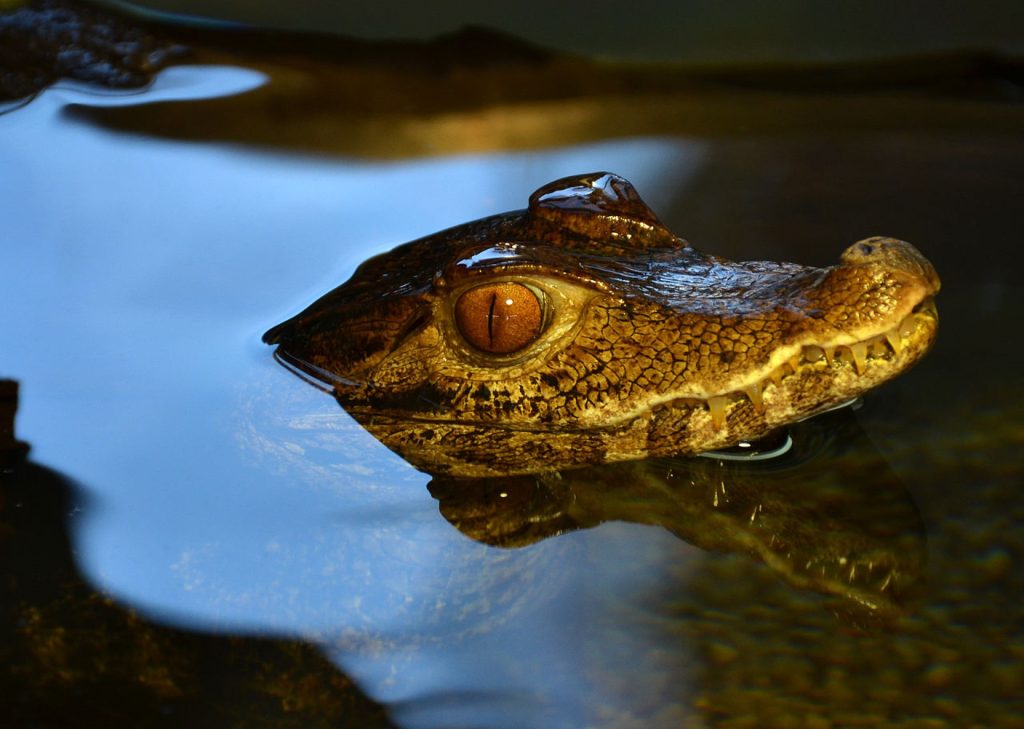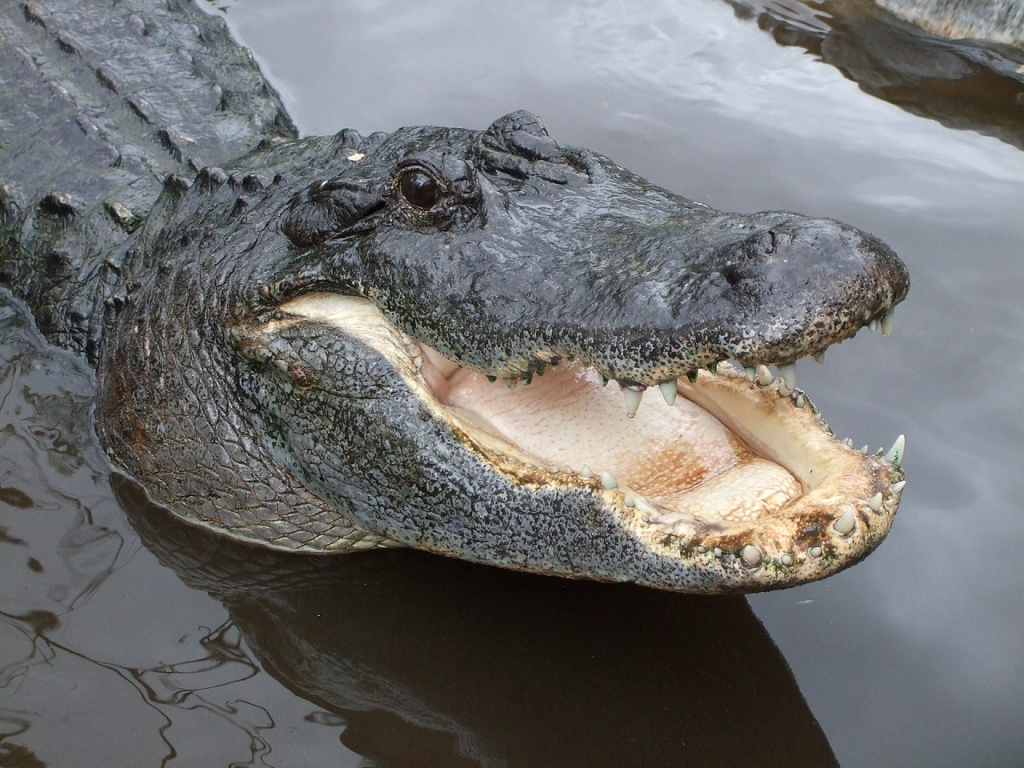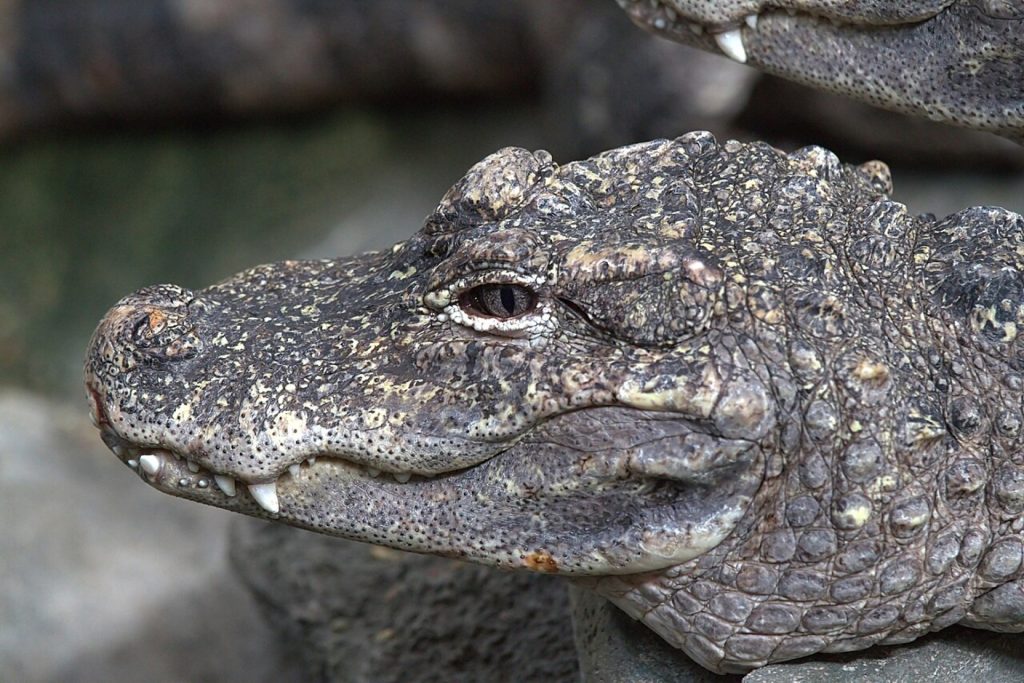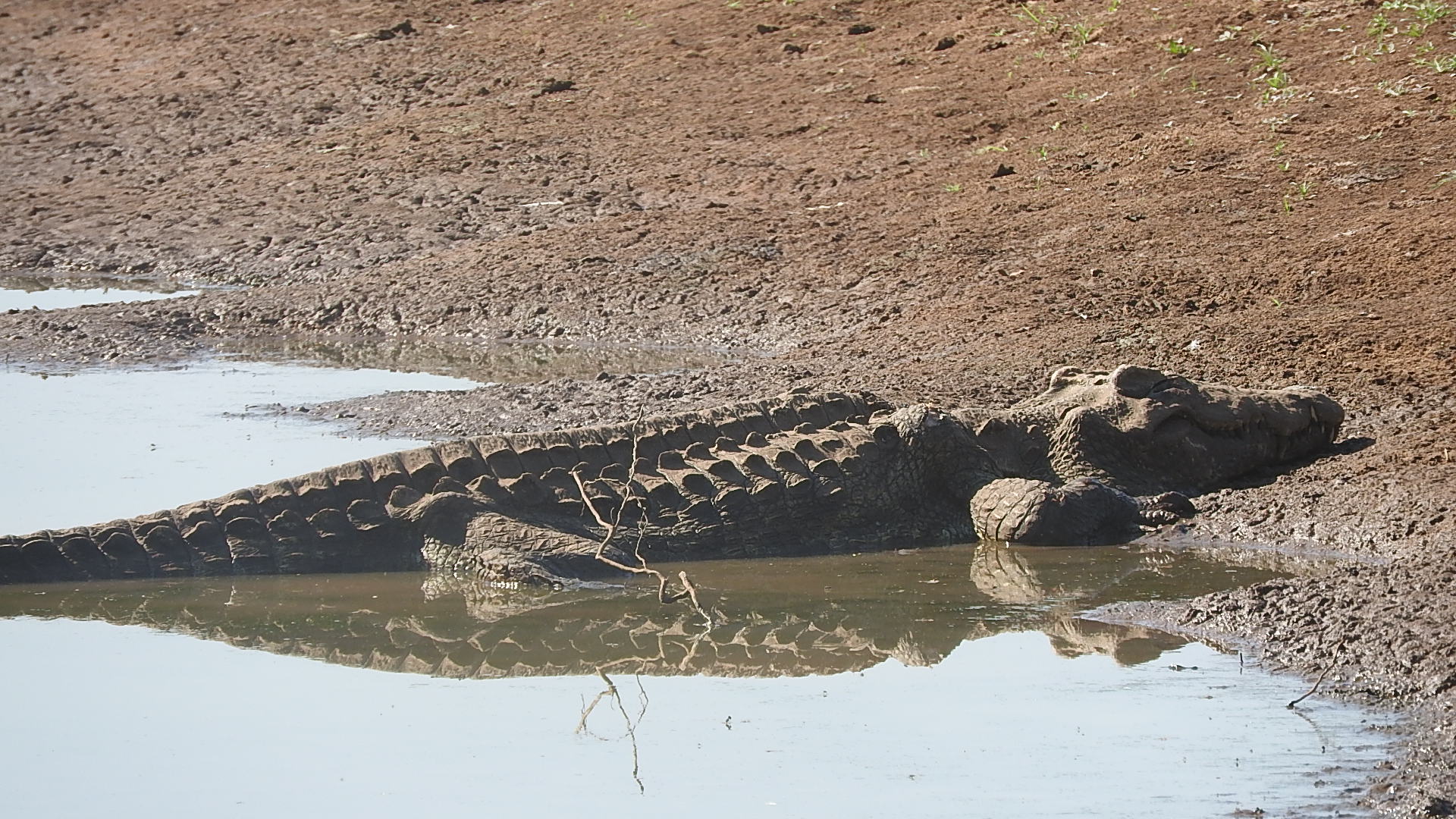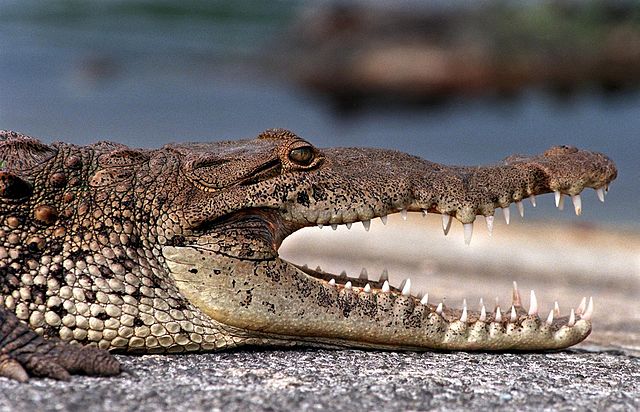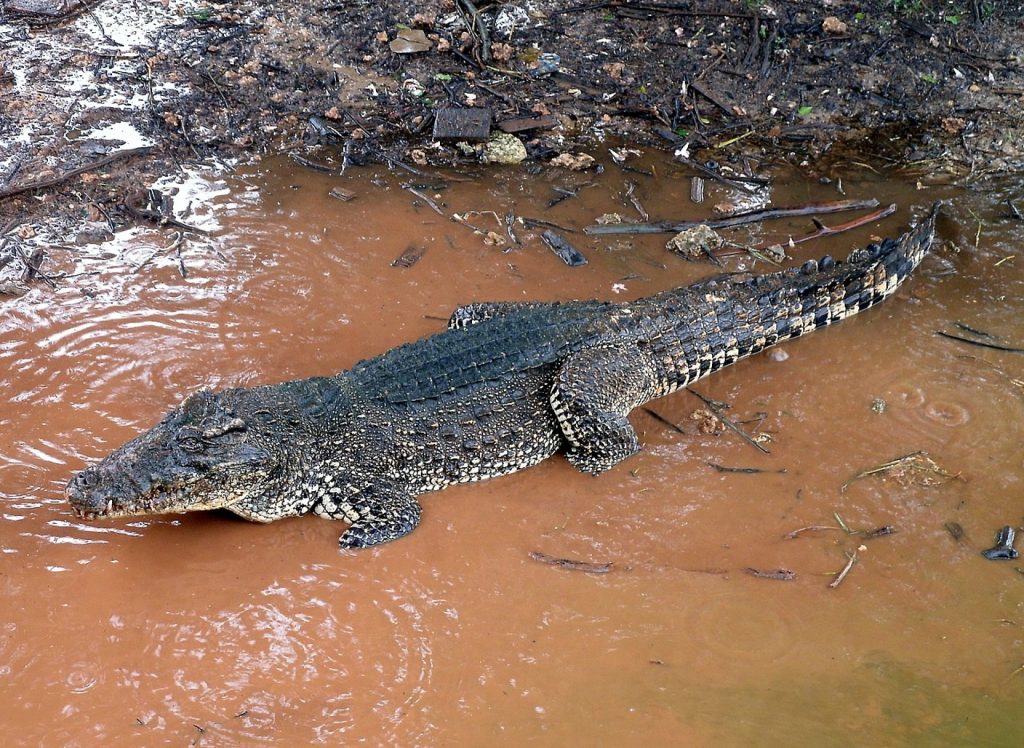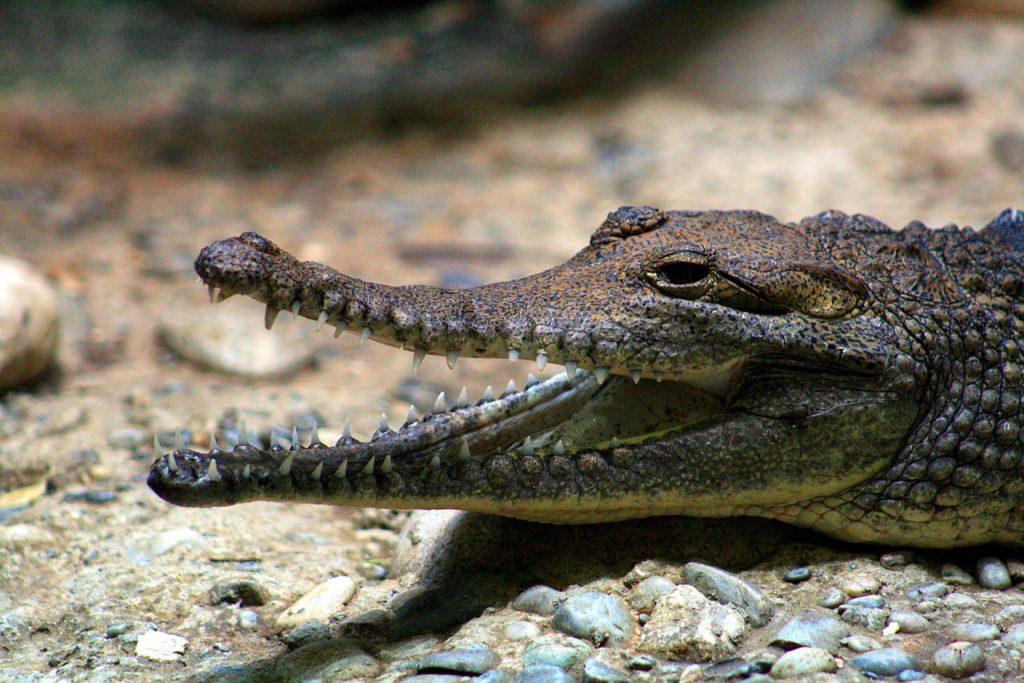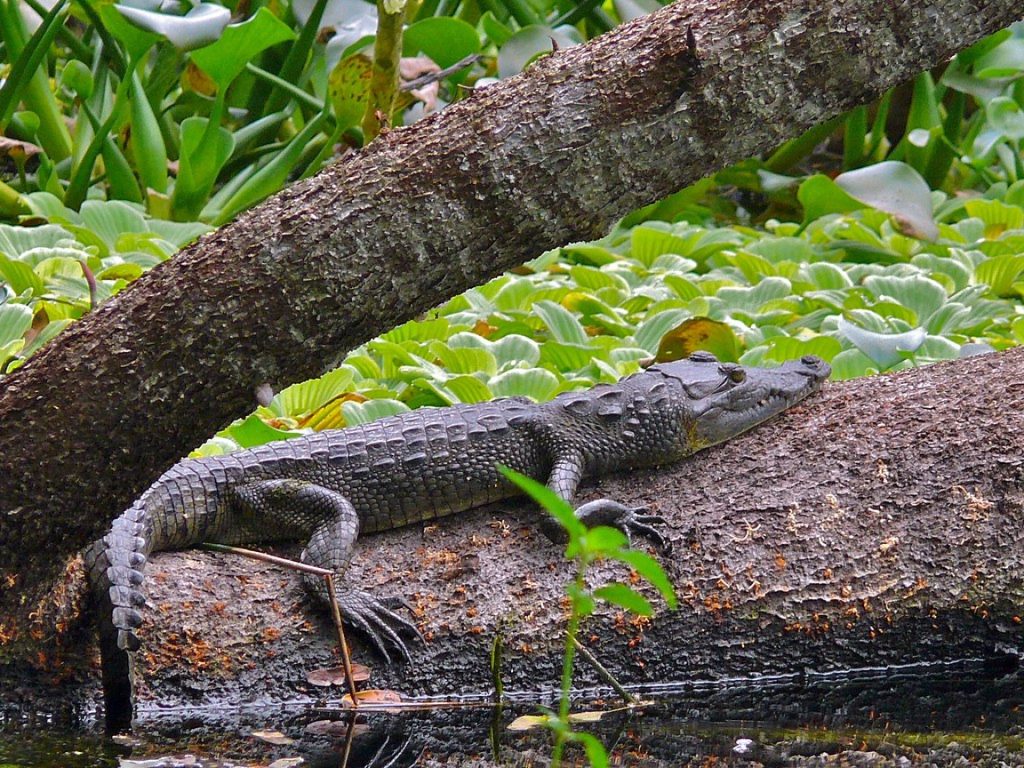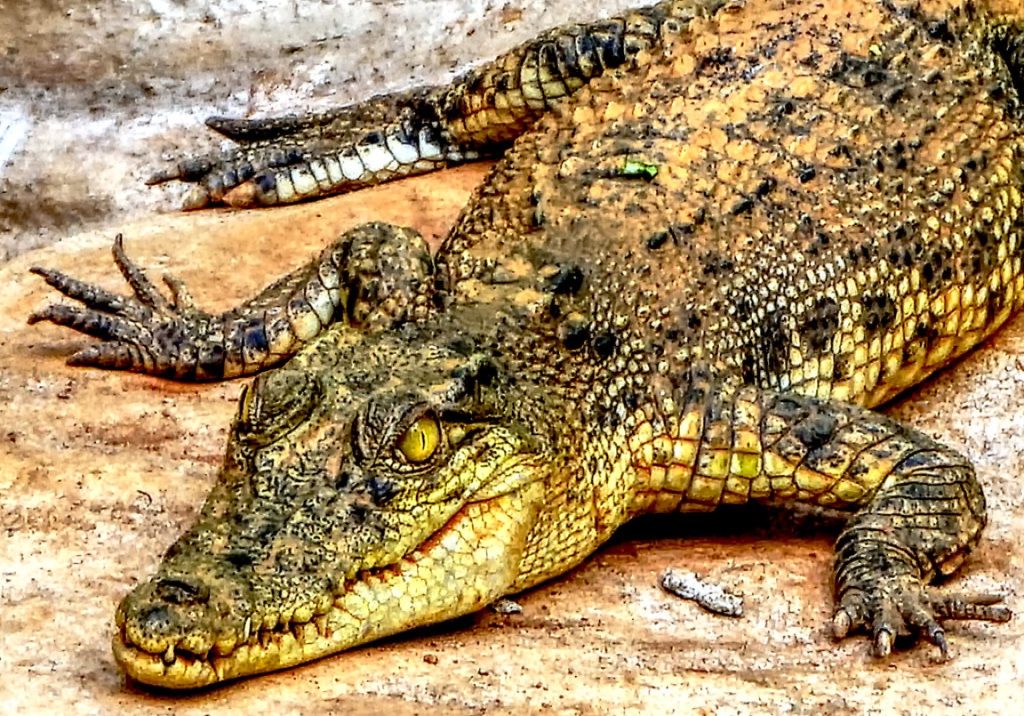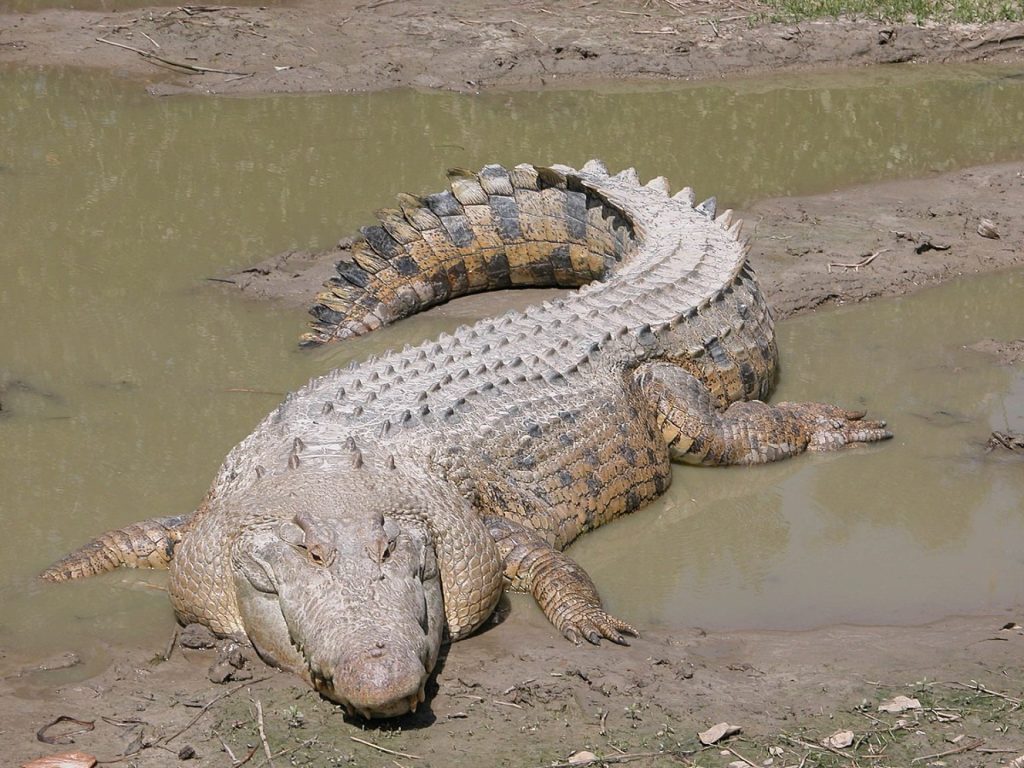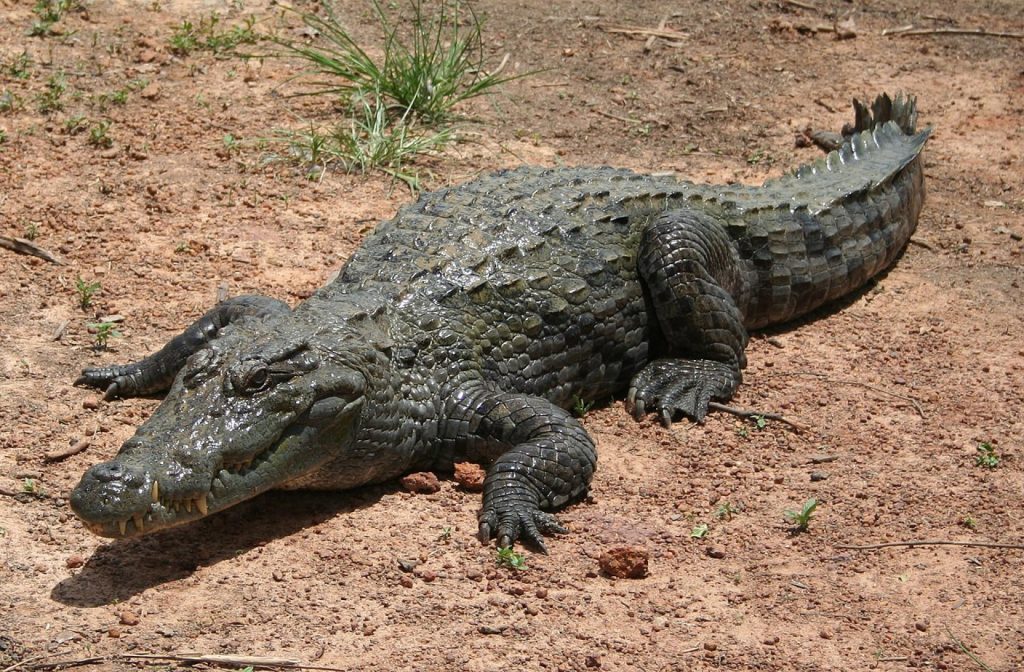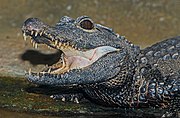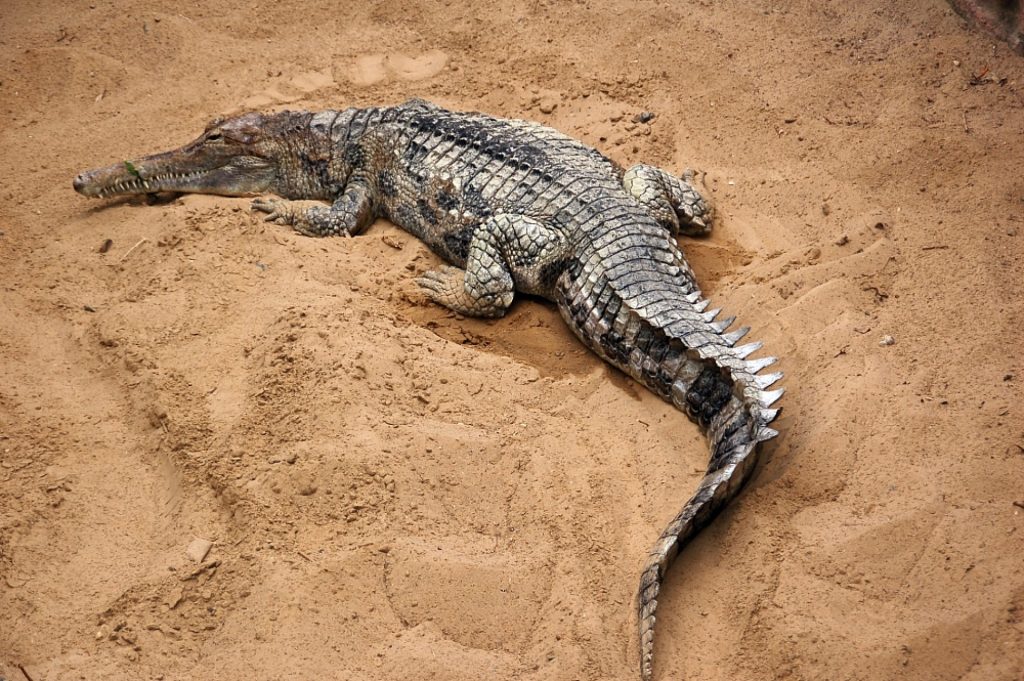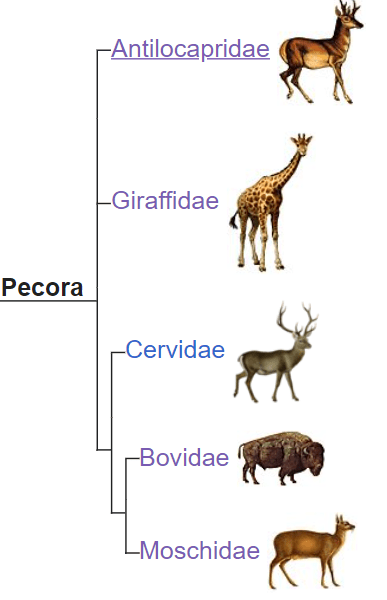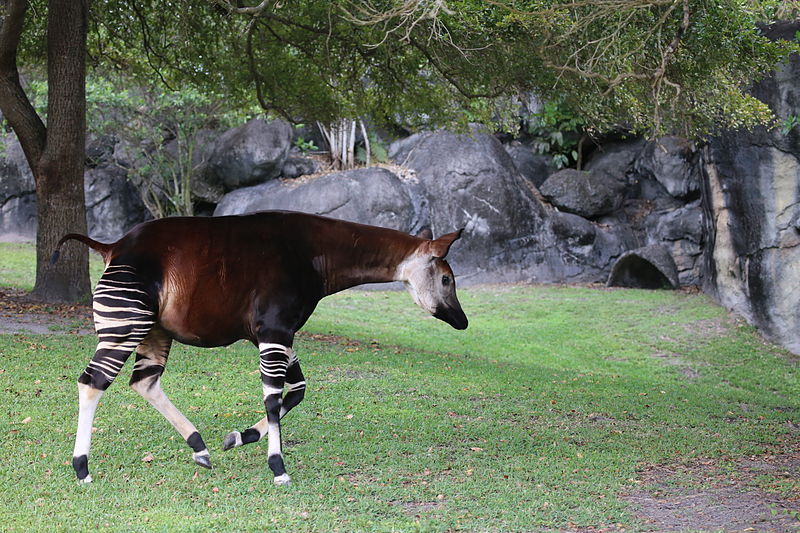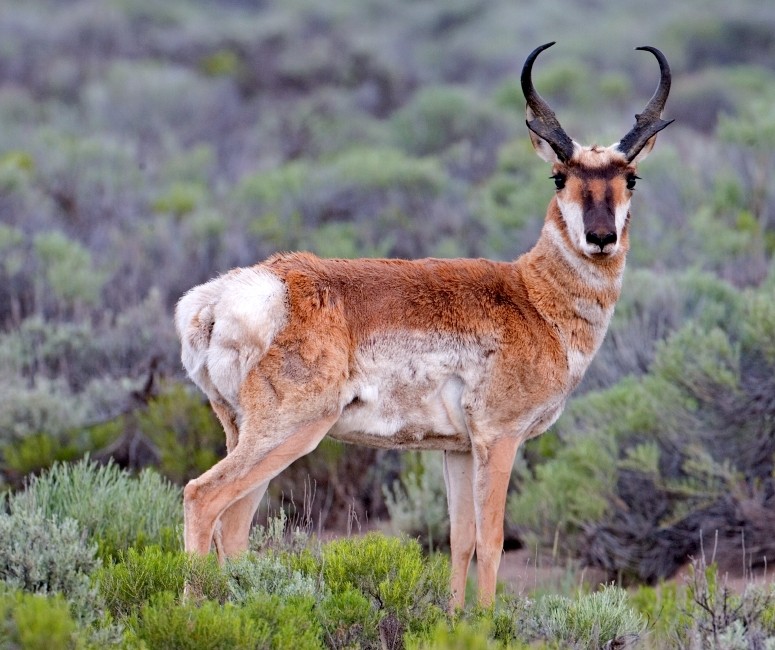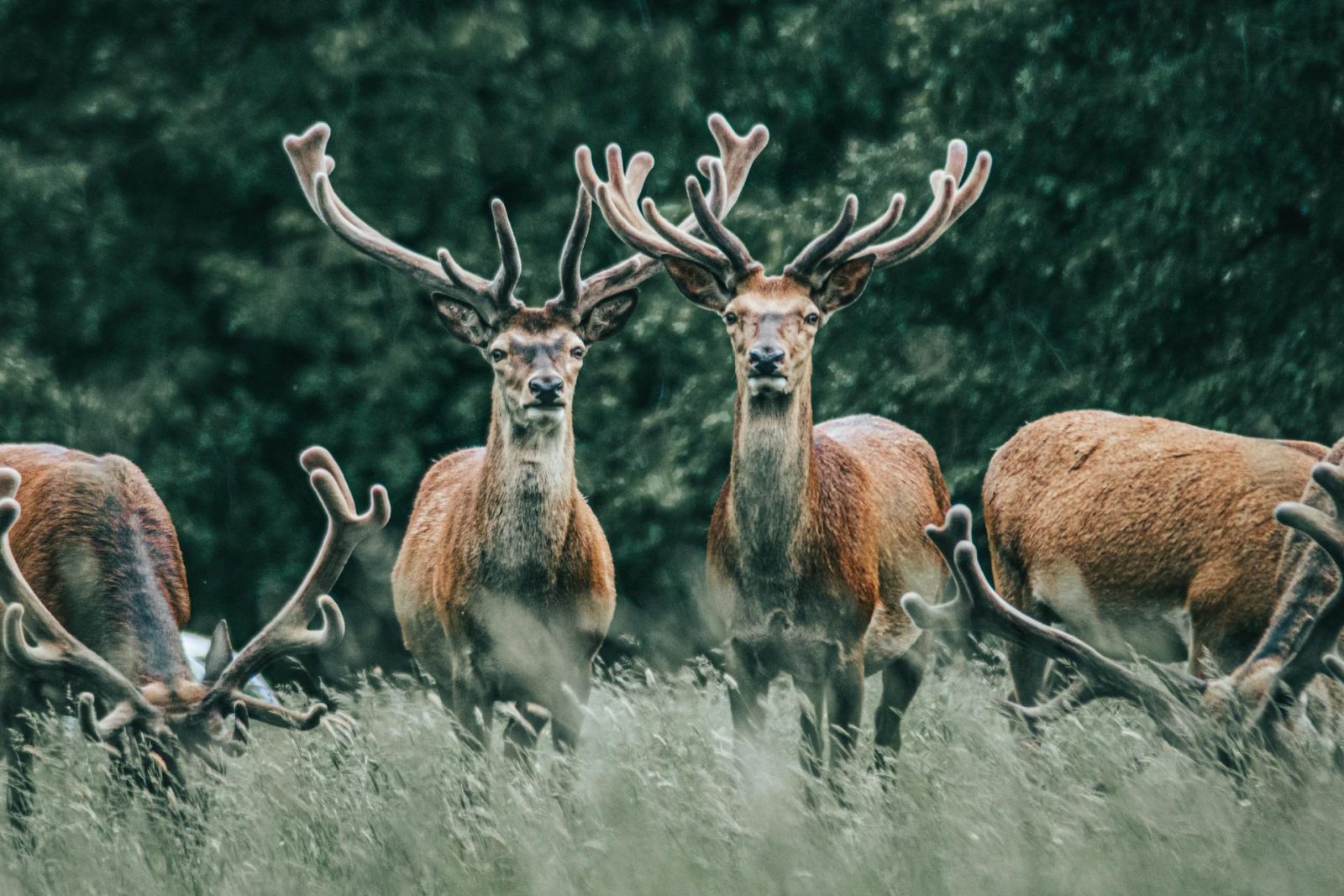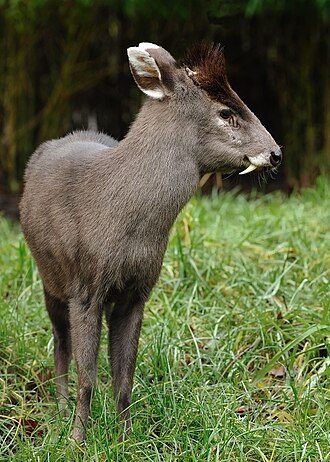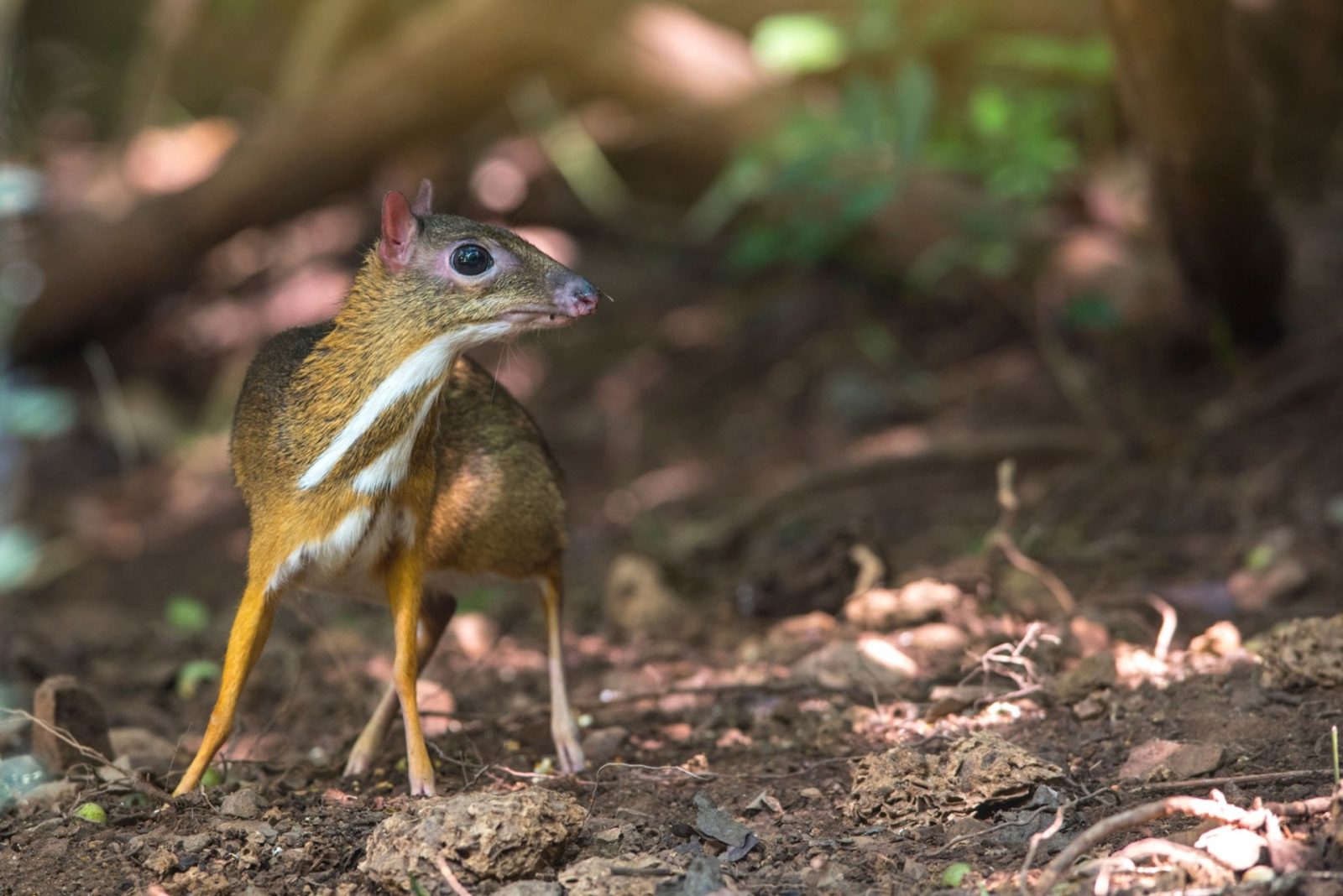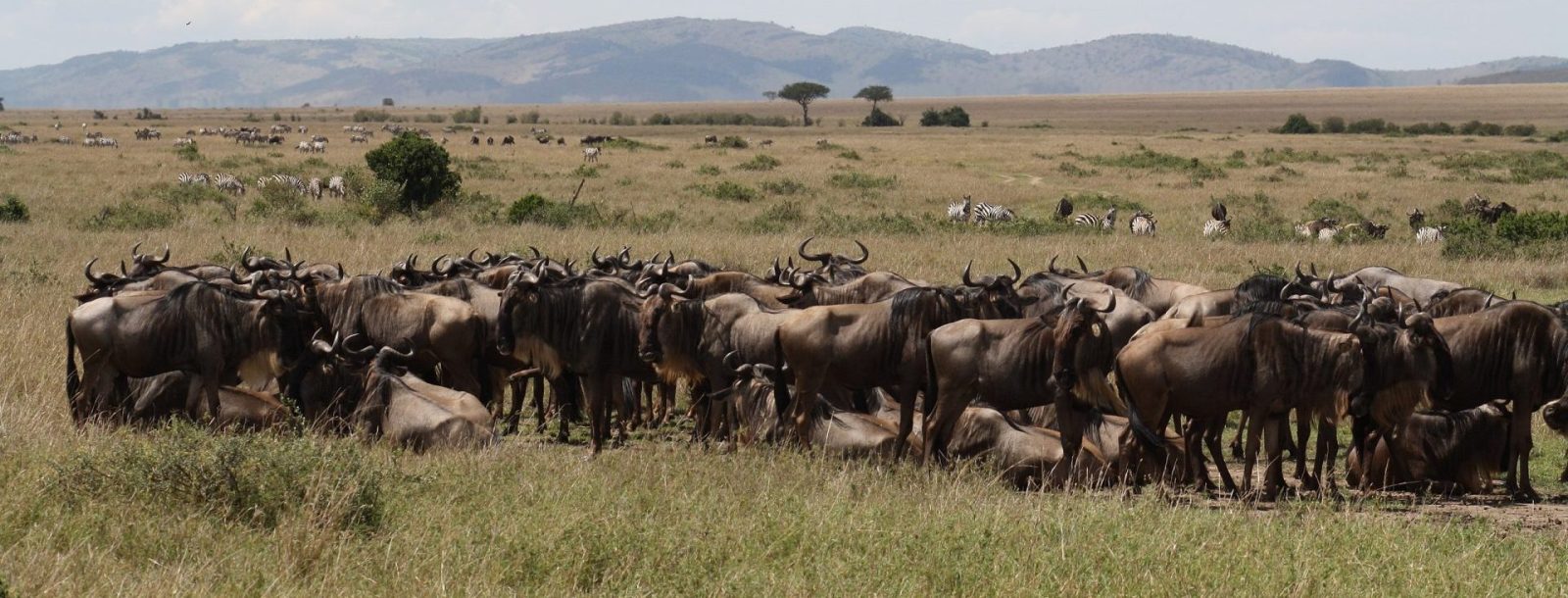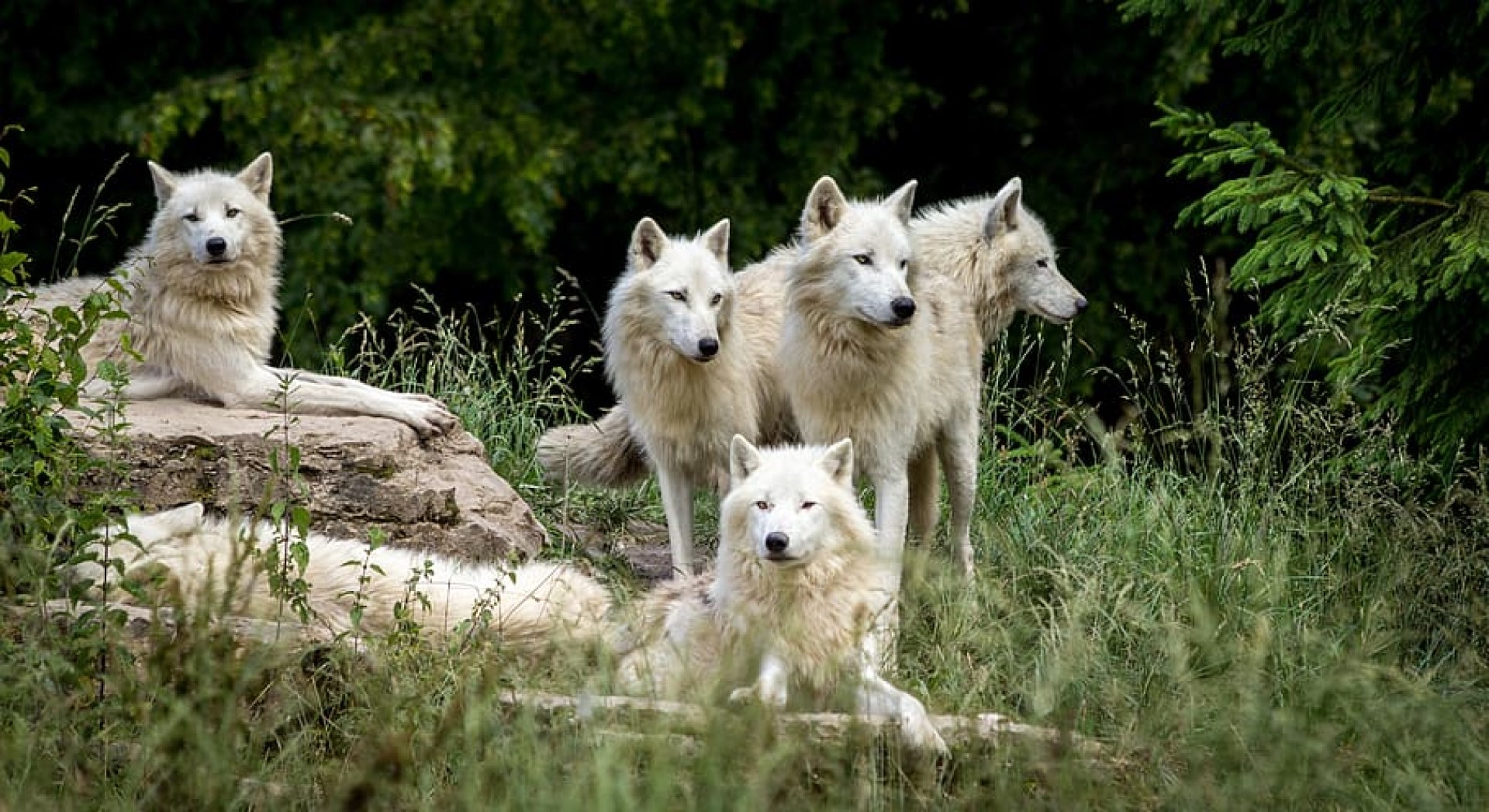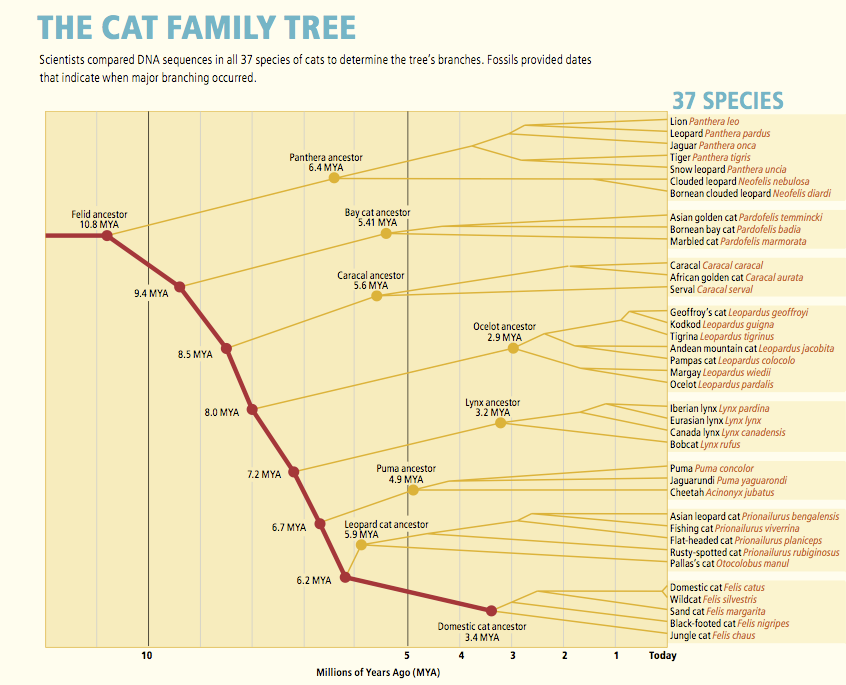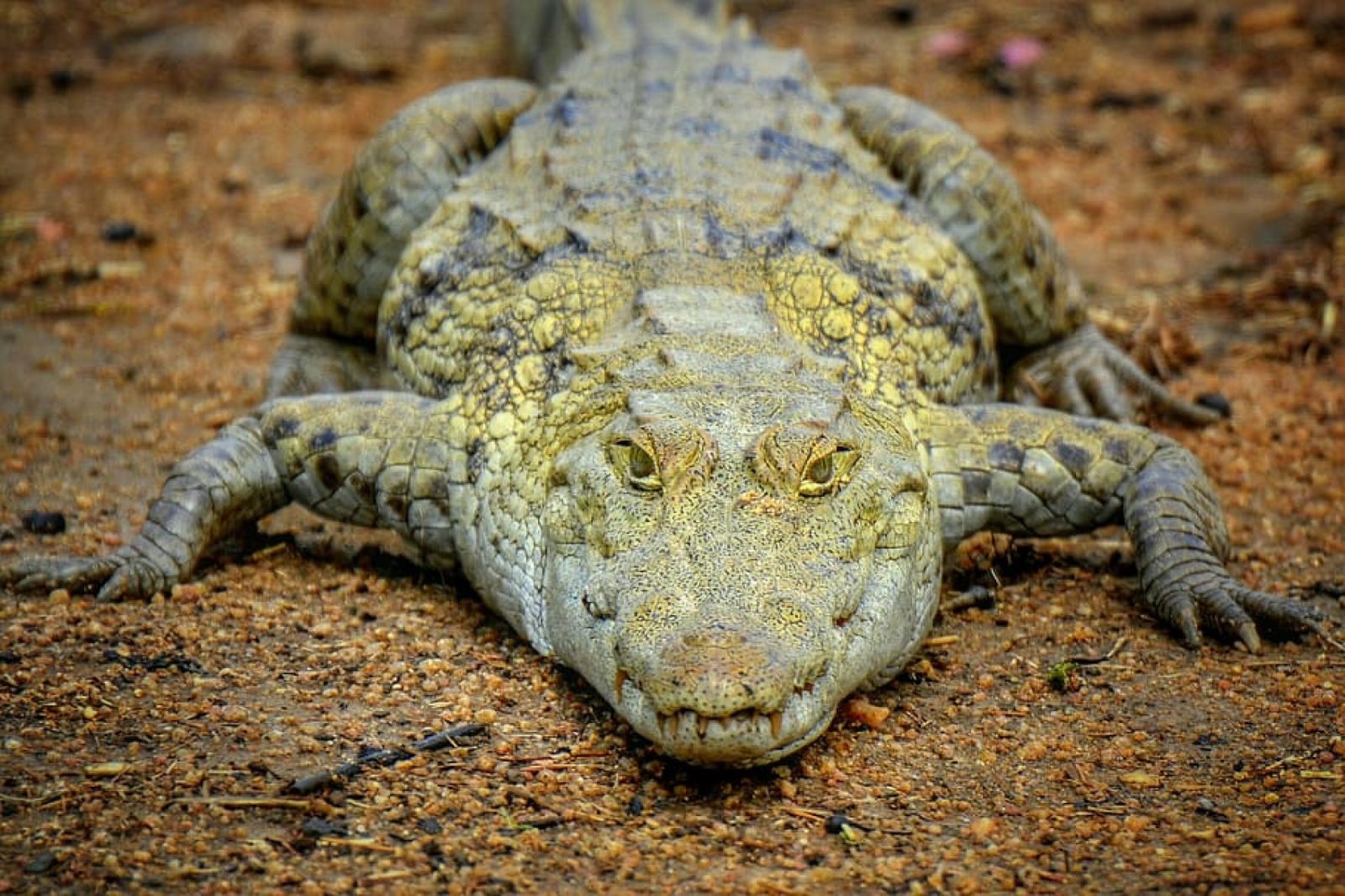
Crocodilians
Crocodilians are a family of species found in the Tropics of the Americas, Africa Asia and Australia. They live in or near water – rivers, lakes, wetlands and even salt water.
Generally, they are apex predators in their ecosystems with no natural predators. Having said this, as with every species, humans hunt them, and in many places this has pushed them close to the brink of extinction.
In the current age, there are 24 species, spread across 3 families and 8 genus. We also have a photo gallery with many ways to filter the crocodilians and this is at the bottom of the page click here to jump to it
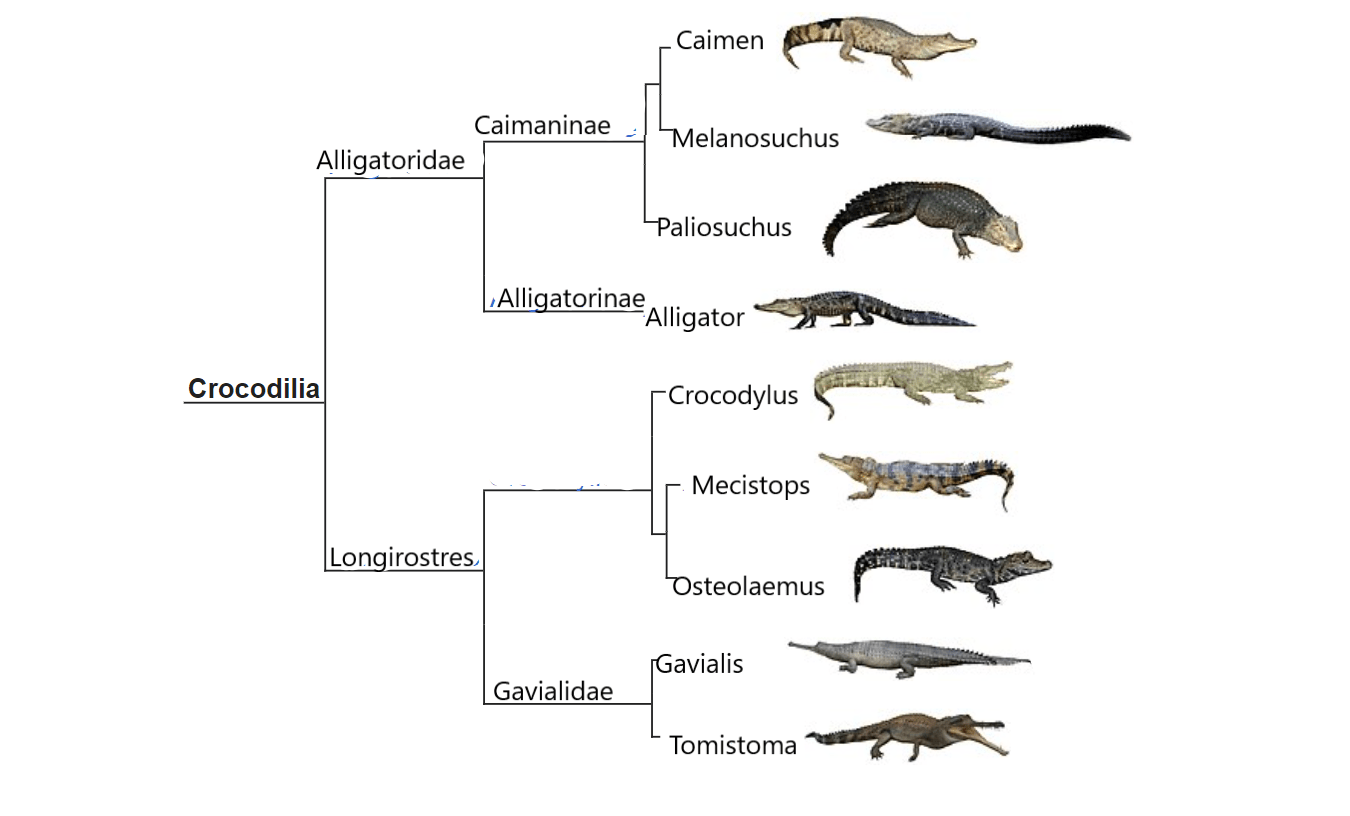
So taking the genus in order
Caimenae is the sub-family, sitting below Aligatoridae (Alligatoridae being one of two clades in Crocodilia_. There are 3 genus
Caimen – A line of crocodilians that inhabit central and south America,
Melanosuchus The black caimen is the only known living species from this Genus, and is found throughout the Amazon basin
Paleosuchus is a south American group of Caimen
The only other family below Alligatoridae, is the subfamily of Alligatorinae.
This includes only two species
American Alligator Chinese Aligator
Longirostres is the other clade to make up the Crocodilia family. The first sub- family is Crocodylidae
This contains 3 genus with the first being Crocodylus which is the family of true crocodiles.
This includes 14 living species as well as 5 known only from fossils (we will not discuss these fossil specimens in this page)
The second genus is Mecistops which is the slender snouted crocodiles, with only 2 species
The last (third) genus is Osteolemus
The other sub -family is Gavialidae which includes 2 genus includes Gaviolis and Tomistona. Which we will deal with together as each only has one living species.
Crocodile gallery – Filter and export

